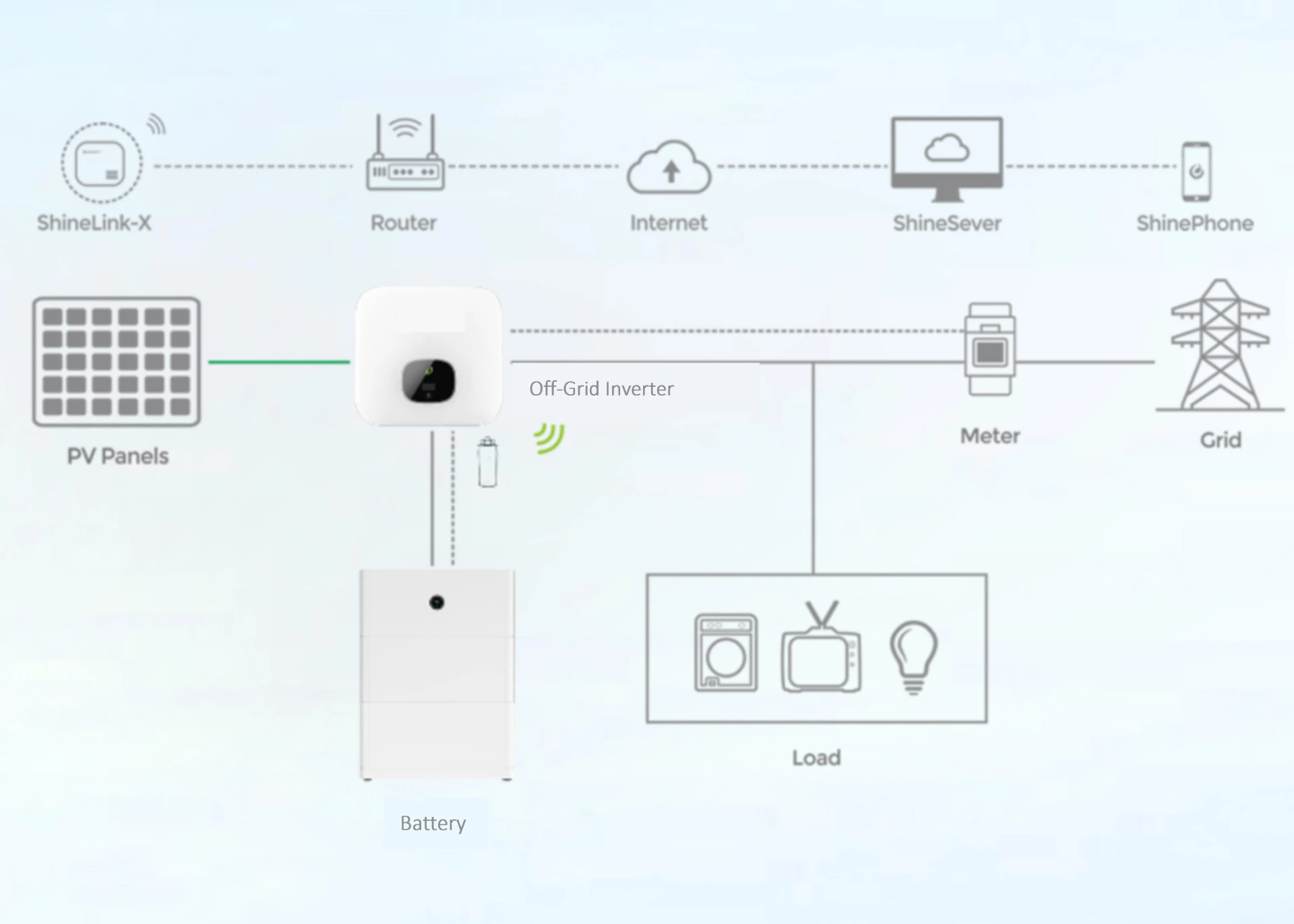Understanding the Expenses Involved in Solar System Installations
Understanding Solar System Installation Costs
As the world turns its focus towards sustainable energy solutions, solar energy has emerged as one of the most viable options for both residential and commercial energy needs. However, one of the significant considerations for potential customers is the cost associated with solar system installation. Understanding these costs can help homeowners and business owners make informed decisions about investing in solar energy.
Breakdown of Solar System Installation Costs
The cost of installing a solar system can vary significantly based on several factors, including the size of the system, the type of solar panels used, installation complexity, and location
.1. System Size The larger the solar panel system, the higher the upfront cost. Systems are typically measured in kilowatts (kW), and a common residential installation might range from 5 kW to 10 kW. This size usually suffices for an average household's energy needs. As a rough estimate, the cost per watt for solar panel installation can vary from $2.50 to $3.50, which means a 6 kW system could cost between $15,000 to $21,000 before tax credits and incentives.
2. Type of Solar Panels There are several types of solar panels to choose from, including monocrystalline, polycrystalline, and thin-film panels. Monocrystalline panels are generally the most efficient and have the highest price tag, while polycrystalline panels often offer a more budget-friendly option with slightly lower efficiency. Thin-film panels are the least efficient but may offer flexibility for certain applications. The choice of panels impacts the overall cost of the installation significantly.
3. Installation Complexity The nature of the installation also affects the cost. For instance, if a roof is particularly steep or requires additional structural support for the panels, installation costs will likely increase. Additionally, if electrical upgrades are needed to accommodate the solar system, this can add to the overall expense. Ground-mounted solar systems can be more expensive than rooftop systems due to the need for additional materials and labor.
4. Location Geographic location plays an essential role in installation costs. Areas with high labor costs or where construction materials are more expensive will see higher total costs. Moreover, local solar incentives, rebates, and financing options can vary by region, influencing the overall affordability of a solar system installation.
solar system installation cost

Financial Incentives and Long-term Savings
While the initial investment can be significant, various financial incentives can mitigate the costs associated with solar installation. In many countries, governments offer tax credits and rebates to encourage solar energy adoption. For example, in the United States, the federal solar tax credit allows homeowners to deduct a percentage of the cost of installing a solar energy system from their federal taxes. Local incentives may also exist, including cash rebates and grants.
In addition to incentives, it’s essential to consider the long-term savings that a solar energy system provides. Once installed, solar panels allow homeowners to produce their own electricity, which can lead to substantial savings on utility bills over time. Moreover, many solar energy systems come with warranties that last 20 years or more, ensuring reliability and continued performance.
Financing Options
Given the initial investment required for solar installation, many potential customers explore financing options. Solar loans, leases, and power purchase agreements (PPAs) enable homeowners to install solar systems with minimal upfront costs. Loans provide the benefit of ownership, whereas leases and PPAs offer monthly payments in exchange for the use of the solar system without ownership responsibilities.
Conclusion
In conclusion, while the costs associated with solar system installation can be significant, the long-term benefits—both financial savings and environmental impact—make it a worthwhile investment. Understanding the various factors influencing installation costs, as well as available incentives and financing options, empowers consumers to make informed decisions. As technology advances and the market for solar energy continues to grow, it’s likely that installation costs will continue to decrease, making solar power even more accessible for everyone. Exploring solar energy not only aids in reducing dependency on fossil fuels but also fosters a more sustainable future for generations to come.
-
String Solar Inverter: The High-Efficiency Solution for Smart Solar EnergyNewsJul.14,2025
-
Revolutionizing Rooftop Energy with the Power of the Micro Solar InverterNewsJul.14,2025
-
Power Independence with Smart Off Grid Solar Inverter SolutionsNewsJul.14,2025
-
On Grid Solar Inverter: Powering the Future with Smart Grid IntegrationNewsJul.14,2025
-
Monocrystalline Solar Panels: High-Efficiency Power for the Future of Clean EnergyNewsJul.14,2025
-
Bifacial Solar Panel: A Smarter Investment for Next-Generation Energy SystemsNewsJul.14,2025







